How Big Can Rats Get? Understanding Rat Size, Behavior, and Prevention Tips
If you’ve ever dealt with a rat infestation in your home or have pet rats of your own, you may be wondering: how big can rats get? Rats are a common household pest that can cause damage to property and spread diseases, and understanding their size is an important step in preventing and managing infestations.
In this article, we’ll explore the different types of rats, their average size, the largest rats in the world, and whether rats can get too big. We’ll also provide tips for keeping rats at a healthy size and preventing infestations. So, let’s dive in and learn more about how big rats can get.
Types of Rats
There are many different types of rats, but the two most common species that are typically encountered by humans are the brown rat and the black rat.
Brown rats, also known as Norway rats, are typically larger than black rats and are commonly found in urban areas. They have brown fur, small ears, and a blunt nose. Brown rats are known for being aggressive and can be carriers of various diseases, such as Leptospirosis, Salmonella, and Hantavirus. They typically nest in burrows and can be found in basements, sewers, and other areas that provide them with shelter and food sources.
Black rats, also known as roof rats, are smaller than brown rats and are typically found in coastal areas. They have black fur, large ears, and a pointed nose. Black rats are more agile than brown rats and are excellent climbers, which allows them to live in attics, trees, and other high places. They are less aggressive than brown rats but can still transmit diseases such as Plague, Rat-Bite Fever, and Typhus.
Both brown and black rats are highly adaptable and can live in a variety of environments, including urban, suburban, and rural areas. They are nocturnal creatures and tend to be most active at night. Rats are also highly social animals and often live in groups called colonies.
It’s important to identify the type of rat you’re dealing with in order to choose the most effective methods for controlling their populations. Different species of rats may have different behaviors, habitats, and food preferences, so understanding these differences can help you to develop an effective pest management plan.
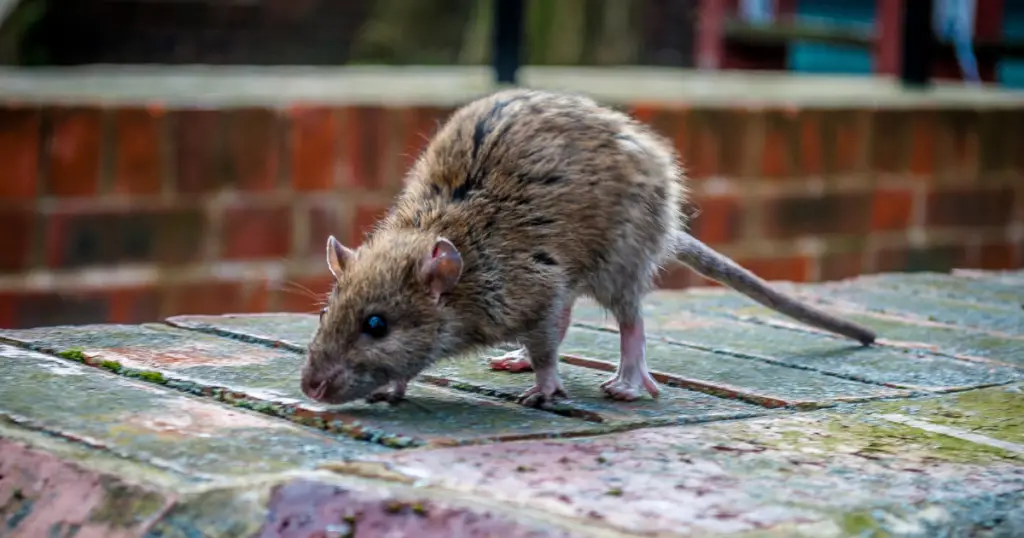
How Big Can Rats Get? (Average Rat Size)
Rats can vary in size depending on their species, age, and gender. In general, adult rats are larger than juveniles, and males are larger than females. So just how big can rats get?
The brown rat, which is the larger of the two common species, can grow to be up to 10-12 inches long (excluding the tail) and can weigh between 8-16 ounces. The black rat, on the other hand, is smaller, with an average length of 6-8 inches (excluding the tail) and a weight of 2-6 ounces.
It’s important to note that these are just averages, and individual rats can be smaller or larger than these estimates. Factors that can affect rat size include genetics, diet, and living conditions.
If you have pet rats, it’s important to monitor their growth to ensure that they are at a healthy size. Obesity can be a problem for pet rats, just as it is for humans, and can lead to health issues such as heart disease and respiratory problems. On the other hand, underweight rats may indicate underlying health problems, so it’s important to consult with a veterinarian if you have concerns about your pet’s weight.
Understanding the average size of rats can also be helpful in identifying and managing infestations. If you spot rats in your home or yard, knowing their size can help you to identify their species and develop an effective pest control plan.
The Growth of Rats
Like all mammals, rats go through a series of growth stages from birth to adulthood. The growth rate and duration of each stage can vary depending on factors such as the rat’s species, gender, and living conditions.
At birth, rats are tiny and hairless, weighing only a few grams. Over the course of the first few weeks, they grow rapidly and develop a thick coat of fur. By the time they are weaned at around 3-4 weeks old, they are able to move around on their own and have already begun to explore their environment.
During the juvenile stage, which lasts from around 4-12 weeks old, rats continue to grow rapidly and become more active and independent. They begin to develop adult teeth and start to exhibit social behaviors, such as grooming and playing.
By around 12 weeks old, rats have reached sexual maturity and are considered to be adults. From this point on, their growth rate slows down significantly, and they typically reach their full size within a year or two.
It’s important to note that the growth rate and size of rats can be affected by factors such as diet, stress, and disease. Poor nutrition, for example, can lead to stunted growth and health problems in both wild and domestic rats. Stressful living conditions, such as overcrowding or exposure to toxins, can also have a negative impact on growth and overall health.
Largest Rats in the World
The largest rats in the world are not the common brown or black rats that are typically encountered by humans. Instead, the largest rats belong to the genus Cricetomys, also known as giant pouched rats.
Giant pouched rats are native to sub-Saharan Africa and can grow to be over 3 feet long from nose to tail, with a weight of up to 4 pounds. These rats are notable for their large cheek pouches, which they use to carry food back to their nests.
Despite their size, giant pouched rats are not aggressive towards humans and are sometimes kept as pets. In some parts of Africa, they are also trained to detect landmines and tuberculosis, as they have a keen sense of smell and are easy to train.
Another species of large rat is the Malayan giant rat, which is found in Southeast Asia. These rats can grow to be up to 2 feet long from nose to tail, with a weight of up to 2 pounds. Malayan giant rats have long, coarse fur and are sometimes kept as pets, although they are considered to be a pest in some areas due to their tendency to damage crops and spread disease.
Can Rats Get Too Big?
In the wild, rats that grow to be larger than average may have a harder time finding food and shelter, as they require more resources to survive. They may also be more vulnerable to predators, as their larger size can make them easier targets. Additionally, larger rats can pose a greater risk to human health, as they are capable of spreading disease and causing property damage.
For pet rats, obesity is a common concern, particularly for rats that are fed a high-calorie diet and do not get enough exercise. Obesity can lead to a variety of health problems in rats, including heart disease, respiratory issues, and joint problems. Pet rats that are kept in small cages or do not have opportunities to exercise may also have stunted growth, which can lead to health problems and a shorter lifespan.
It’s important to note that rats that are kept as pets should be monitored regularly to ensure that they are at a healthy weight and are not showing signs of health problems. This includes providing them with a healthy diet, plenty of opportunities to exercise, and regular veterinary care.
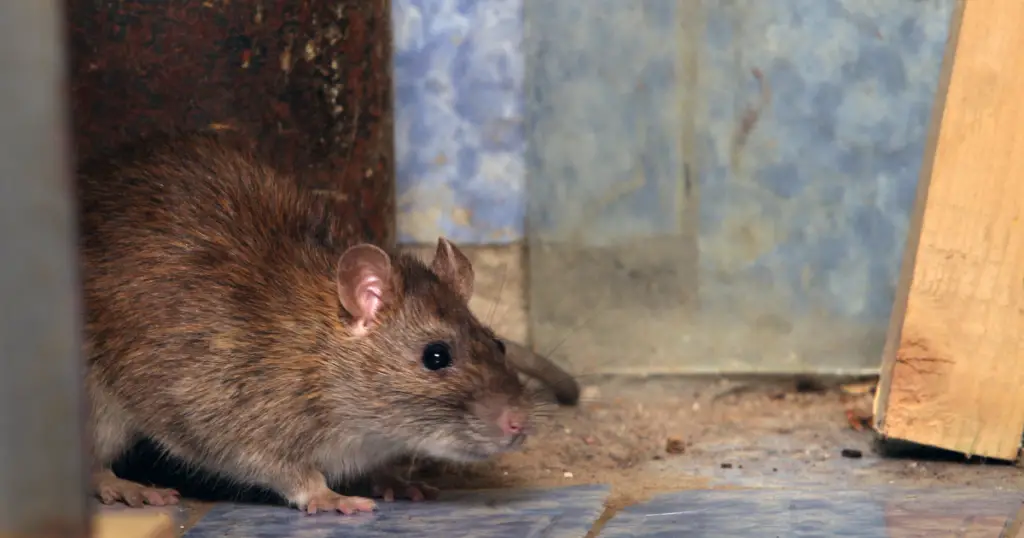
Preventing Rat Infestations
The best way to prevent rat infestations is to keep your home clean and tidy. This includes storing food in sealed containers, sweeping up crumbs and spills, and taking out the trash regularly. It’s also important to seal any cracks or gaps in your home’s exterior that could provide entry for rats. If you do have a rat infestation, it’s important to call a pest control professional who can help you safely and effectively eradicate the rats.
In addition to prevention, there are various methods for eradicating rats, including traps, poison baits, and professional extermination. However, it’s important to use these methods safely and responsibly to avoid harming other animals or people.
Conclusion
The size of rats can vary depending on the species and their individual growth patterns. While most rats are relatively small, some species, such as giant pouched rats, can grow to be quite large, reaching lengths of over 3 feet. However, it’s important to note that these larger rats are not typically encountered in urban areas, and most people are more likely to encounter common brown or black rats.
Regardless of the size of the rats in question, it’s important to take steps to manage their populations to prevent the spread of disease and damage to property. This may include using traps or baits to control rat populations, sealing off entry points to your home, and keeping your property clean and free of food debris.
Overall, rats can be a challenging pest to manage, but with the right tools and strategies, it is possible to keep their populations in check and minimize their impact on human health and property. If you are dealing with a rat infestation, it’s best to consult with a pest control professional to develop an effective and safe management plan.


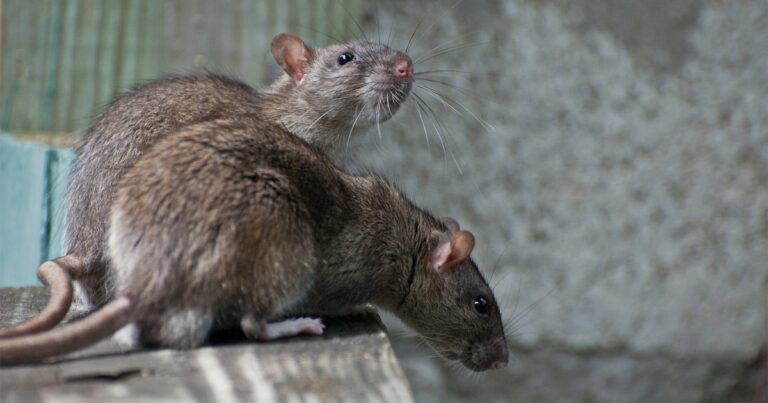

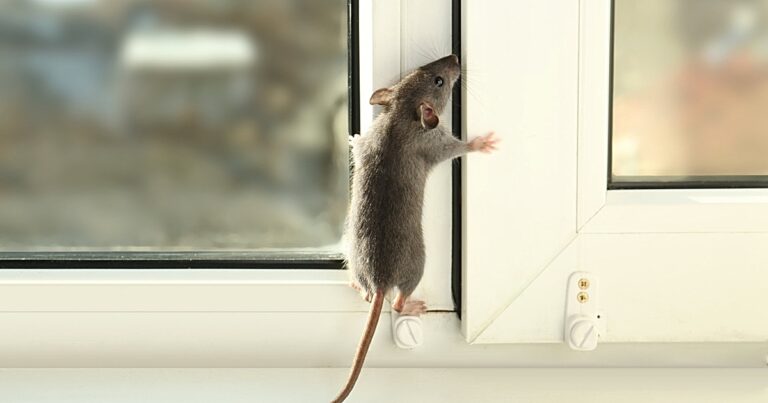
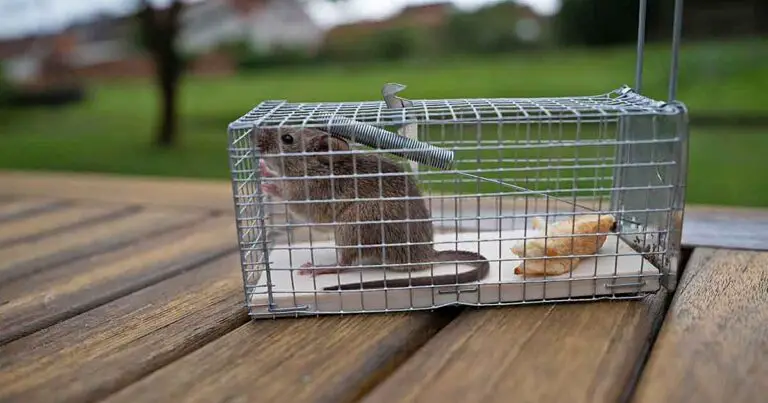

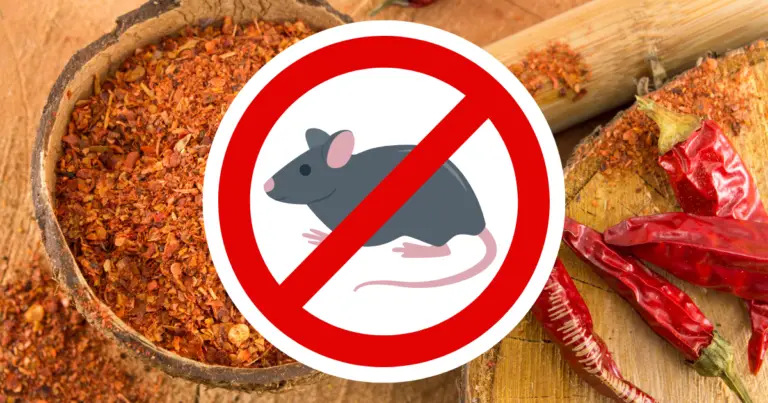

2 Comments